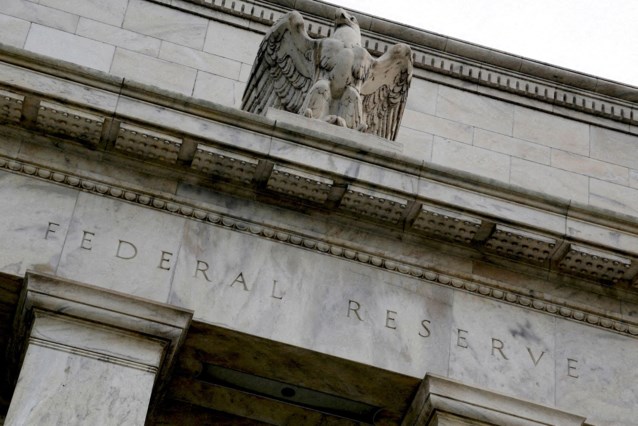The Federal Reserve has announced the results of its annual stress test, revealing that the largest US banks are still resilient to a severe economic and financial crisis. Vice Chairman of Banking Supervision Michael Barr stated that the losses in this year’s test were greater than last year, but all banks have ample capital.
The stress test is conducted by the Federal Reserve to assess whether the largest banks in the United States retain sufficient capital after major economic downturns. It also determines the minimum buffers banks must maintain to withstand such crises. This year, the Fed is looking at scenarios such as a rise in unemployment of more than 6 percentage points and a 40 percent fall in commercial real estate prices.
A total of 31 banks were tested this year, up from 24 last year, as banks with balance sheet totals between 100 billion and 250 billion dollars were included. The results showed that the higher risks are mainly for customers with credit cards and business loans, with higher costs affecting profits from commissions.
The important indicator for banks, the CET1 capital ratio, was tested at 9.9 percent this year, compared to 12.7 percent the previous year. Despite the challenges due to riskier balance sheets and higher costs, Barr emphasized that all banks have sufficient capital to withstand the stress test scenarios.
The annual stress test was introduced in the aftermath of the major financial crisis between 2007 and 2009 in order to restore confidence in the banking system. Regularly checking



